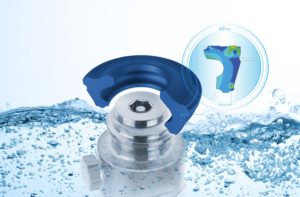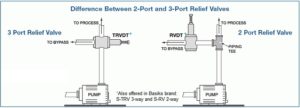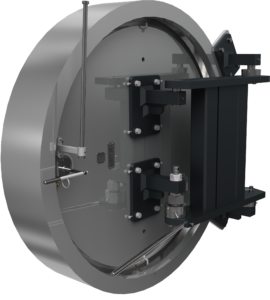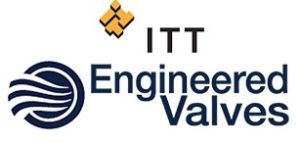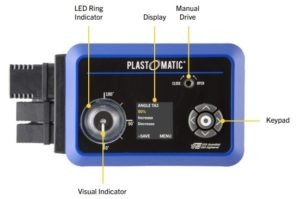Valves Help Salvage the Costa Concordia
The KSB Group supplied 328 pneumatically actuated butterfly valves used in the salvaging of the cruise ship Costa Concordia which capsized off Giglio island on 13 January 2012.
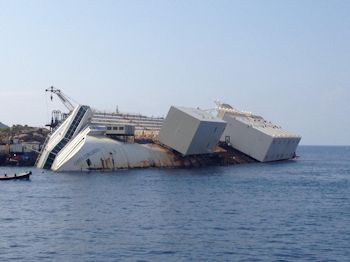
View of the Costa Concordia with the sponsons attached to her port-side hull. (© KSB Italia S.p.A.)
The valves serve to fill and vent tanks located in giant steel boxes, so-called sponsons, the first 15 of which were welded to the port-side hull and acted as ballasting bodies when righting the wreck. At a later stage, these sponsons together with the other 15 to be installed on the star-board side of the cruise ship will be flooded and used to stabilise the wreck.
Prior to being used in the recovery, the pneumatically actuated butterfly valves were subjected to special pressure tests at the Italian KSB location in Concorezzo. KSB Italia’s technicians simulated an ambient pressure corresponding to a water depth of 40 metres. The valves’ actuators are designed to ensure that a pre-set fail-safe position is adopted in the event of insufficient compressed air supply. If the actuators cannot be controlled due to a power supply failure, it is also possible for divers to operate them manually.
As soon as the approx. 50-metre crack on the ship’s side has been sealed, the sponsons will be filled with air to get the vessel up and floating again. The final destination of the Costa Concordia is not yet known.
Source: KSB SE & Co. KGaA

